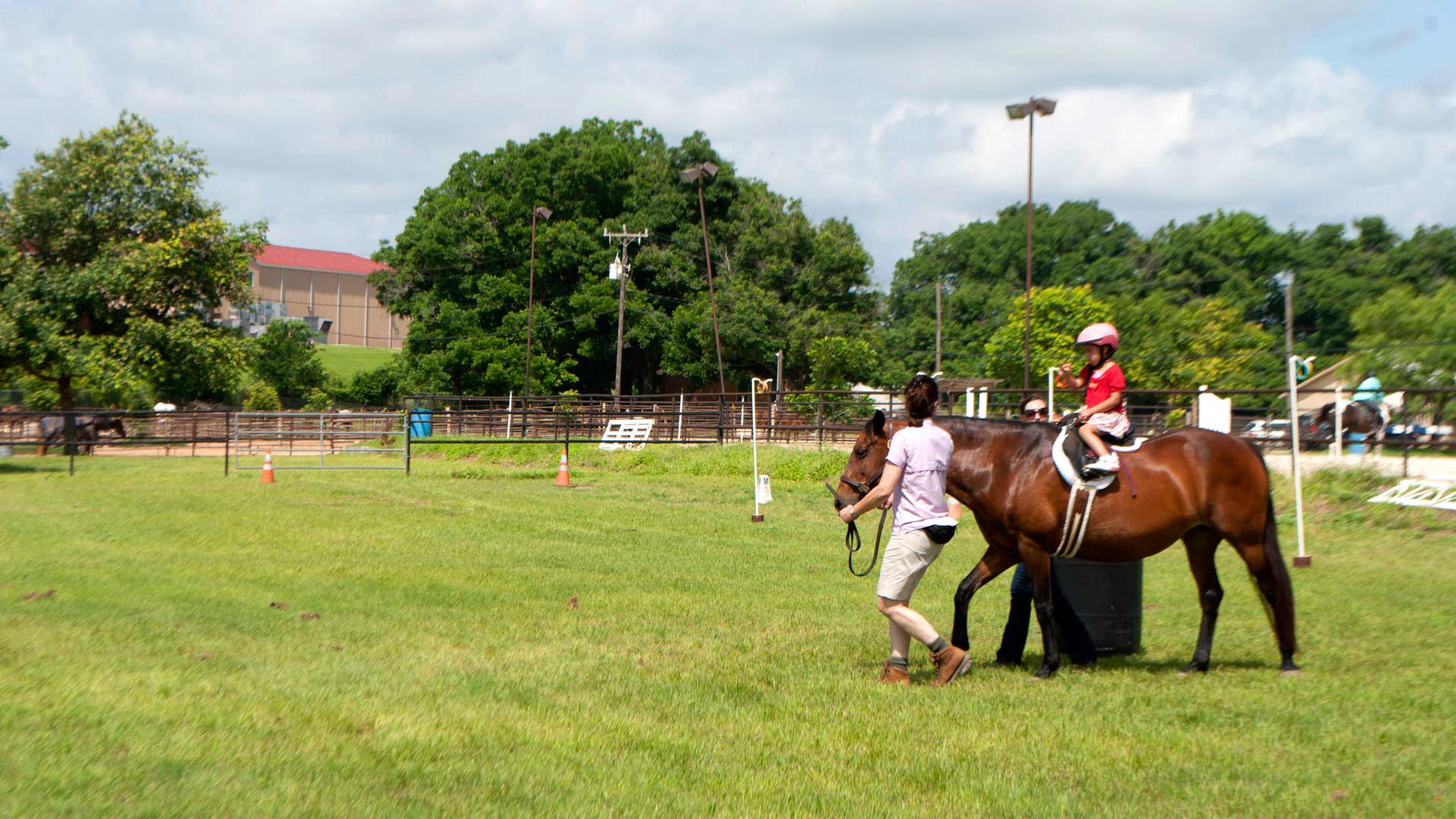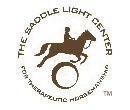Who can benefit from lessons?
Many types of physical disabilities can be treated and functionality improved using customized, carefully planned lessons. Our riders include those with cerebral palsy, muscular dystrophy, multiple sclerosis, or head injury, as well as recovering stroke patients, among others. Areas of improvement for these riders may include:
- Joint range of motion
- Muscle strength & tone
- Coordination
- Balance
- Sensory integration
For people with autism, learning, behavioral or emotional disabilities, interaction with a horse can help improve:
- Self-confidence
- Patience
- Emotional control & self discipline
- Social interaction
Are there any requirements to be able to ride at The Saddle Light Center?
Riders must be at least two years old. All riders must provide a physician’s medical statement and a complete medical history. These will include an assessment by the physician of any contraindications or precautions as they relate to horseback riding. Once the physician referral and medical history are received, a new rider evaluation will be scheduled to determine the specific needs of the rider.
What are lessons like?
Lessons are given in a class of two or three students that are compatible in age, ability, and type of disability. The length of the lesson depends on the riders’ endurance, which usually ranges between 20-45 minutes. Lessons are supervised by an instructor who is assisted by a volunteer team of horse leader and 1-2 sidewalkers.
How are appointments scheduled?
What are the hours of operation?
How much do lessons cost?
Will health insurance cover lessons?
Are parents required to attend the lessons with their child?
What breed of horses does the Saddle Light Center use for lessons?
No particular breed is favored for equine therapy. We currently have several breeds of horses in the program, including Quarter Horses, a Tennessee Walker and a Thoroughbred. More important than breed are temperament and disposition. Our horses must enjoy being around people, as each lesson involves not only the rider, but a volunteer support team as well (a leader and one or two sidewalkers).
In addition to possessing the right temperament, each horse must also have the desired physical confirmation (height, width) and body movements (pace, gait, rhythm). Because we rely on the horse’s movements to facilitate rider reactions, a horse with the right attributes can help stimulate the rider’s balance and righting reactions and will contribute to building strength and endurance.
Do the horses undergo any special training to become part of the Therapeutic Riding program?
Therapeutic Riding lessons involve many non-traditional riding exercises, therefore specialized training for the horse is required. This training consists of working with the horse in specific ways to foster a highly developed sense of cooperation, patience and trust of the team members. In addition, in order to accommodate the physical differences of therapeutic riders, the horses are taught how to accept riders mounting from blocks or a ramp, and how to stand still during mounting and dismounting. They also learn how to accept riders with less balance, trunk control, and spasticity (abnormal muscle tone) than most riders.
Because lessons may involve a variety of exercises during the lessons, the horses are also taught to accept riders who remove their feet from the stirrups, or change directions to sit sideways, on their stomach or even backwards during a lesson.




